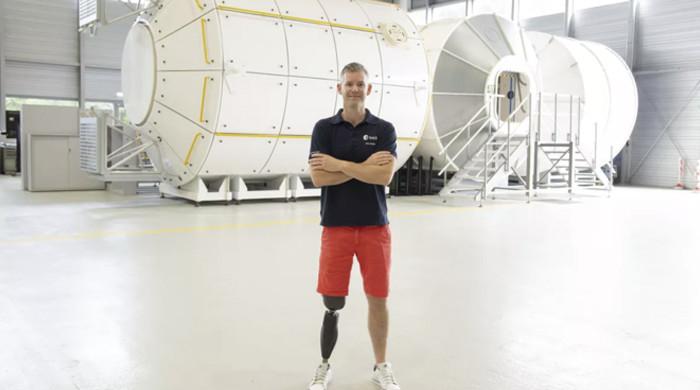Paris: The first astronaut with physical disability has been authorized for a mission aboard the International Space Station (ISS), the European Space Agency (ESA) announced Friday.
John McFall, a 43 -year -old British surgeon and former Paralympic who lost a leg in a motorcycle accident when he was 19, said he was “enormously proud” to clear the obstacle.
Since he announced McFall as a member of his astronaut reserve in 2022, ESA has been evaluating the viability of someone with a prosthesis becoming a crew member in a space mission.
On Friday, ESA announced that McFall had received medical authorization for a long -term mission aboard the ISS.
McFall emphasized that it was “relatively passive” in the process, and only had to be medically healthy and carry out the required tasks.
“This is much bigger than me, this is a cultural change,” he said at an online press conference.
There is still no date on McFall to have the opportunity to become what ESA has called the first “parastronaut”.
“Now he is an astronaut like everyone else who wants to fly to the space station, waiting for a mission task,” said the director of Human and Robotic Exploration of ESA, Daniel Neuenschwander.
The announcement of ESA occurs when the initiatives of diversity, equity and inclusion (DEI) have been attacked by the new US Donald Trump administration.
“Now we are entering a world that is changing a little from a perspective ofi from one of our partners of the International Space Station,” said Neuenschwander.
“We will continue with our European values,” he emphasized, adding that all the ISS members, which include the United States, had given McFall medical authorization.
The next phase of the feasibility study will analyze part of the necessary hardware, including prostheses, so that McFall can better overcome any additional challenge in space.
McFall said that the technologies in which they are working “are going to drip and have benefits for prosthetic users in society in general.”




